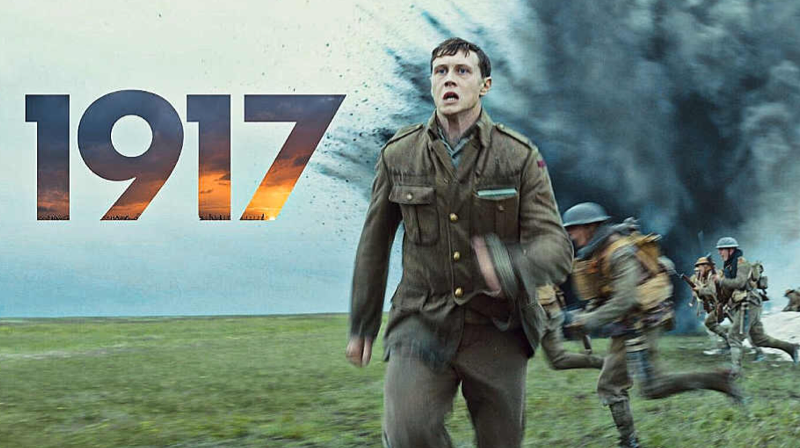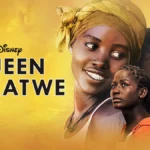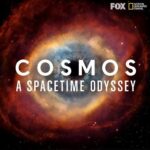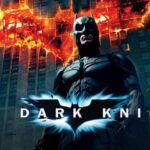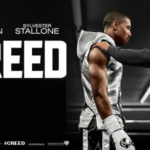Cinematography is a vital aspect of filmmaking, elevating stories through visual artistry. Here’s a look at 20 films celebrated for their breathtaking cinematography that not only captivate viewers but also enhance the storytelling experience.
- “1917” (2019)
Directed by Sam Mendes and shot by Roger Deakins, “1917” is famous for its “one-shot” technique, immersing viewers in the harrowing journey of two soldiers during World War I. The seamless transitions and breathtaking landscapes make it a visual masterpiece. - “Blade Runner 2049” (2017)
Roger Deakins once again shines in this sequel to the classic “Blade Runner.” The film’s neon-lit cityscapes and stunning use of light and shadow create a dystopian atmosphere that feels both haunting and beautiful. - “The Revenant” (2015)
Emmanuel Lubezki’s work in “The Revenant” is remarkable, capturing the raw beauty of nature and the brutal wilderness that Leonardo DiCaprio’s character endures. The natural lighting and sweeping landscapes contribute to the film’s immersive experience. - “In the Mood for Love” (2000)
Wong Kar-wai’s visually striking film features stunning use of color, light, and composition. Cinematographer Christopher Doyle crafts a dreamy aesthetic that perfectly complements the film’s themes of love and longing. - “Life of Pi” (2012)
Shot by Claudio Miranda, “Life of Pi” is known for its vibrant visuals and breathtaking special effects. The film’s rich colors and stunning imagery of the ocean enhance the spiritual journey of its protagonist. - “Tree of Life” (2011)
Terrence Malick’s ambitious film, with cinematography by Emmanuel Lubezki, features breathtaking shots of nature and the universe. The film’s poetic visuals reflect the themes of existence and the meaning of life. - “Roma” (2018)
Alfonso Cuarón’s semi-autobiographical film is a visual ode to Mexico in the 1970s. The black-and-white cinematography emphasizes the beauty of everyday moments, capturing intimate family life with remarkable detail. - “Pan’s Labyrinth” (2006)
Guillermo del Toro’s dark fantasy film features striking visuals that blend reality and fantasy. Cinematographer Guillermo Navarro uses a rich color palette and intricate set designs to create a hauntingly beautiful world. - “The Grand Budapest Hotel” (2014)
Wes Anderson’s signature style is highlighted through Roger Deakins’ cinematography, marked by symmetry and vibrant colors. The film’s whimsical aesthetic enhances its quirky narrative and characters. - “Arrival” (2016)
Cinematographer Bradford Young employs a unique color palette and atmospheric lighting to create an otherworldly feel in “Arrival.” The film’s visual style complements its themes of communication and understanding. - “Crouching Tiger, Hidden Dragon” (2000)
This martial arts epic, shot by Peter Pau, is renowned for its stunning fight choreography and lush landscapes. The cinematography beautifully captures both the elegance of the action and the serene beauty of nature. - “Moonlight” (2016)
Shot by James Laxton, “Moonlight” features evocative cinematography that highlights the emotional weight of the story. The use of color and light enhances the film’s exploration of identity and connection. - “The Tree of Life” (2011)
Terrence Malick’s philosophical film is a visual feast, showcasing stunning imagery of nature and human existence. The cinematography by Emmanuel Lubezki is both poetic and meditative. - “Dunkirk” (2017)
Christopher Nolan’s war film features stunning aerial shots and practical effects that create a visceral experience. Hoyte van Hoytema’s cinematography immerses viewers in the chaos and intensity of World War II. - “Her” (2013)
Spike Jonze’s “Her,” with cinematography by Hoyte van Hoytema, combines soft colors and minimalist aesthetics to create a futuristic yet intimate atmosphere, reflecting the emotional core of the story. - “The Fall” (2006)
Tarsem Singh’s “The Fall” showcases breathtaking visuals filmed in over 20 countries. The film’s vivid colors and imaginative settings create a fantastical world that enhances its narrative. - “The Handmaiden” (2016)
Park Chan-wook’s film features lush cinematography that blends opulence with suspense. The film’s intricate compositions and vibrant colors reflect the film’s intricate plot and themes of deception. - “Ex Machina” (2014)
Shot by Rob Hardy, “Ex Machina” features a sleek and modern aesthetic. The film’s use of lighting and reflections adds to its exploration of artificial intelligence and human emotion. - “Mad Max: Fury Road” (2015)
George Miller’s action-packed film is a visual spectacle, with stunning cinematography by John Seale. The film’s vibrant colors and dynamic camera movements create an adrenaline-fueled experience. - “The Shape of Water” (2017)
Guillermo del Toro’s romantic fantasy features striking cinematography by Dan Laustsen. The film’s rich color palette and ethereal lighting beautifully complement its fairy tale-like narrative.
These 20 films exemplify how cinematography can enhance storytelling and evoke emotions. Through the artistry of light, color, and composition, these filmmakers have created visually stunning works that resonate with audiences long after the credits roll. Whether through breathtaking landscapes or intricate set designs, each film showcases the power of visual storytelling in cinema.

